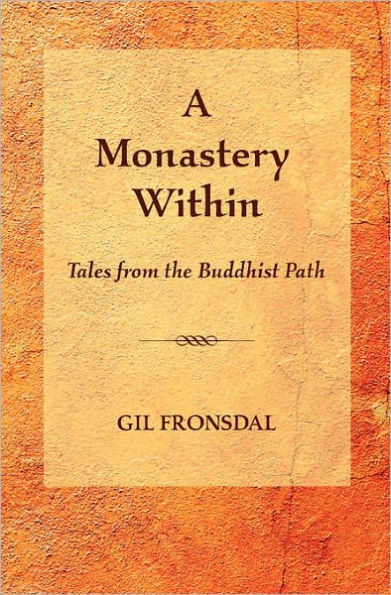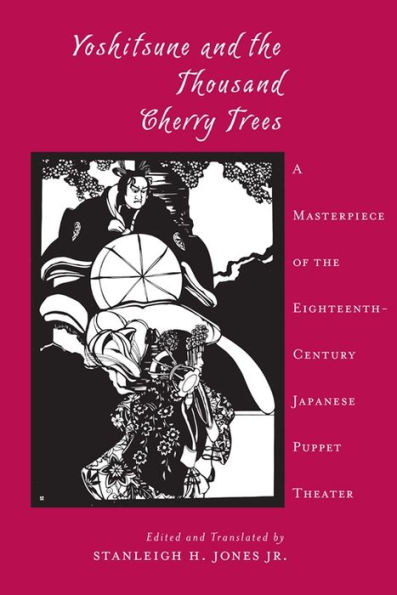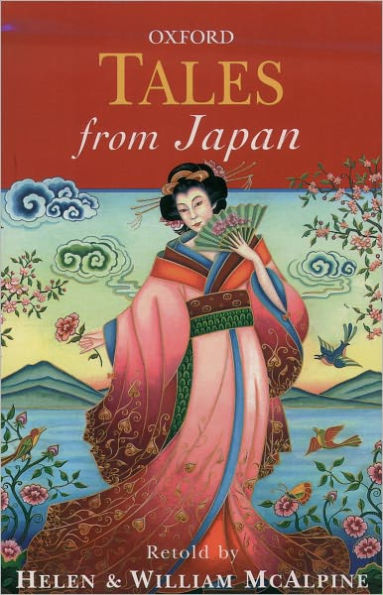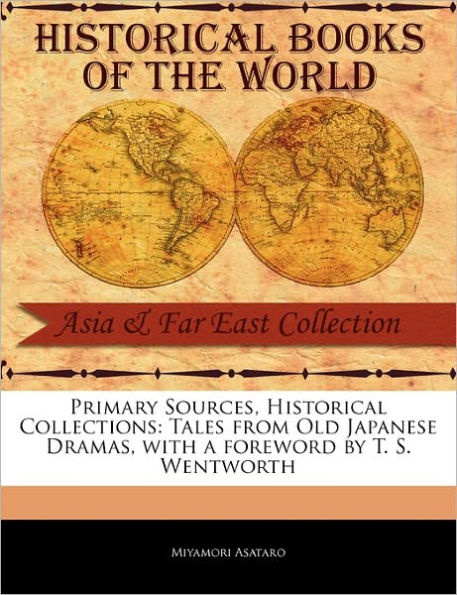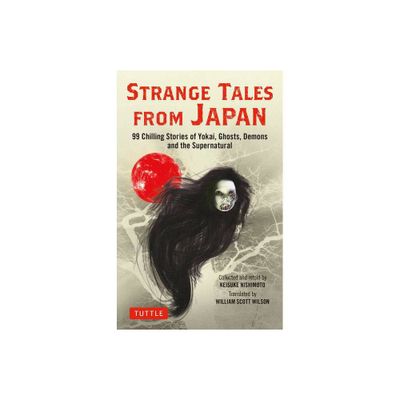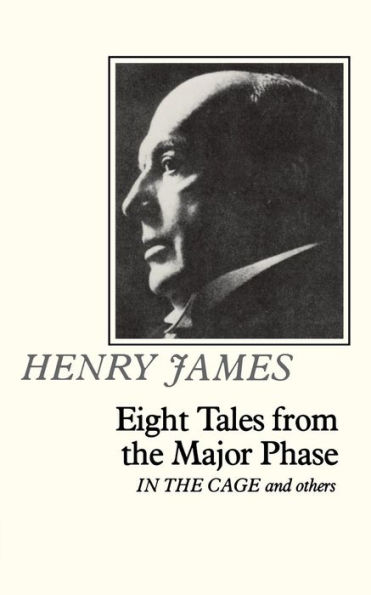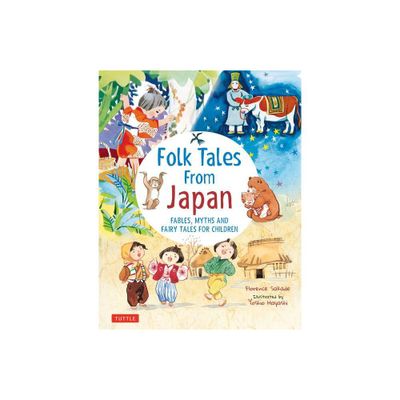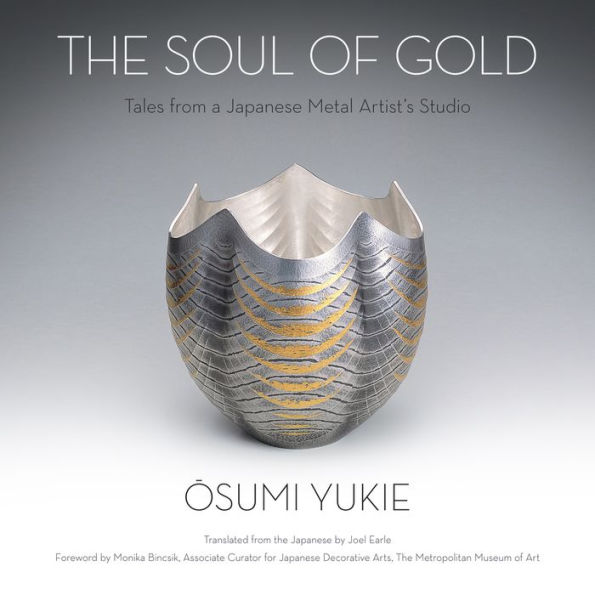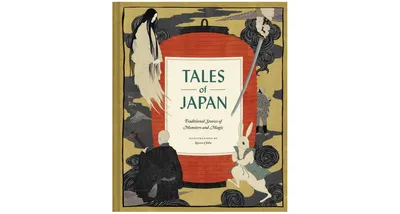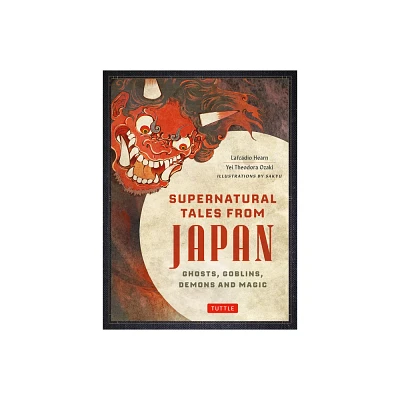Home
Wondrous Brutal Fictions: Eight Buddhist Tales from the Early Japanese Puppet Theater
Loading Inventory...
Barnes and Noble
Wondrous Brutal Fictions: Eight Buddhist Tales from the Early Japanese Puppet Theater
Current price: $105.00


Barnes and Noble
Wondrous Brutal Fictions: Eight Buddhist Tales from the Early Japanese Puppet Theater
Current price: $105.00
Loading Inventory...
Size: Hardcover
*Product Information may vary - to confirm product availability, pricing, and additional information please contact Barnes and Noble
Wondrous Brutal Fictions
presents eight seminal works from the seventeenth-century Japanese sekkyo and ko-joruri puppet theaters, many translated into English for the first time. Both poignant and disturbing, they range from stories of cruelty and brutality to tales of love, charity, and outstanding filial devotion, representing the best of early Edo-period literary and performance traditions and acting as important precursors to the Bunraku and Kabuki styles of theater.
As works of Buddhist fiction, these texts relate the histories and miracles of particular buddhas, bodhisattvas, and local deities. Many of their protagonists are cultural icons, recognizable through their representation in later works of Japanese drama, fiction, and film. The collection includes such
sekkyo
"sermon-ballad" classics as
Sansho Dayu
,
Karukaya
, and
Oguri
, as well as the "
old joruri
" plays
Goo-no-hime
and
Amida's Riven Breast
. R. Keller Kimbrough provides a critical introduction to these vibrant performance genres, emphasizing the role of seventeenth-century publishing in their spread. He also details six major
chanters and their playbooks, filling a crucial scholarly gap in early Edo-period theater. More than fifty reproductions of mostly seventeenth-century woodblock illustrations offer rich, visual foundations for the critical introduction and translated tales. Ideal for students and scholars of medieval and early modern Japanese literature, theater, and Buddhism, this collection provides an unprecedented encounter with popular Buddhist drama and its far-reaching impact on literature and culture.
presents eight seminal works from the seventeenth-century Japanese sekkyo and ko-joruri puppet theaters, many translated into English for the first time. Both poignant and disturbing, they range from stories of cruelty and brutality to tales of love, charity, and outstanding filial devotion, representing the best of early Edo-period literary and performance traditions and acting as important precursors to the Bunraku and Kabuki styles of theater.
As works of Buddhist fiction, these texts relate the histories and miracles of particular buddhas, bodhisattvas, and local deities. Many of their protagonists are cultural icons, recognizable through their representation in later works of Japanese drama, fiction, and film. The collection includes such
sekkyo
"sermon-ballad" classics as
Sansho Dayu
,
Karukaya
, and
Oguri
, as well as the "
old joruri
" plays
Goo-no-hime
and
Amida's Riven Breast
. R. Keller Kimbrough provides a critical introduction to these vibrant performance genres, emphasizing the role of seventeenth-century publishing in their spread. He also details six major
chanters and their playbooks, filling a crucial scholarly gap in early Edo-period theater. More than fifty reproductions of mostly seventeenth-century woodblock illustrations offer rich, visual foundations for the critical introduction and translated tales. Ideal for students and scholars of medieval and early modern Japanese literature, theater, and Buddhism, this collection provides an unprecedented encounter with popular Buddhist drama and its far-reaching impact on literature and culture.
